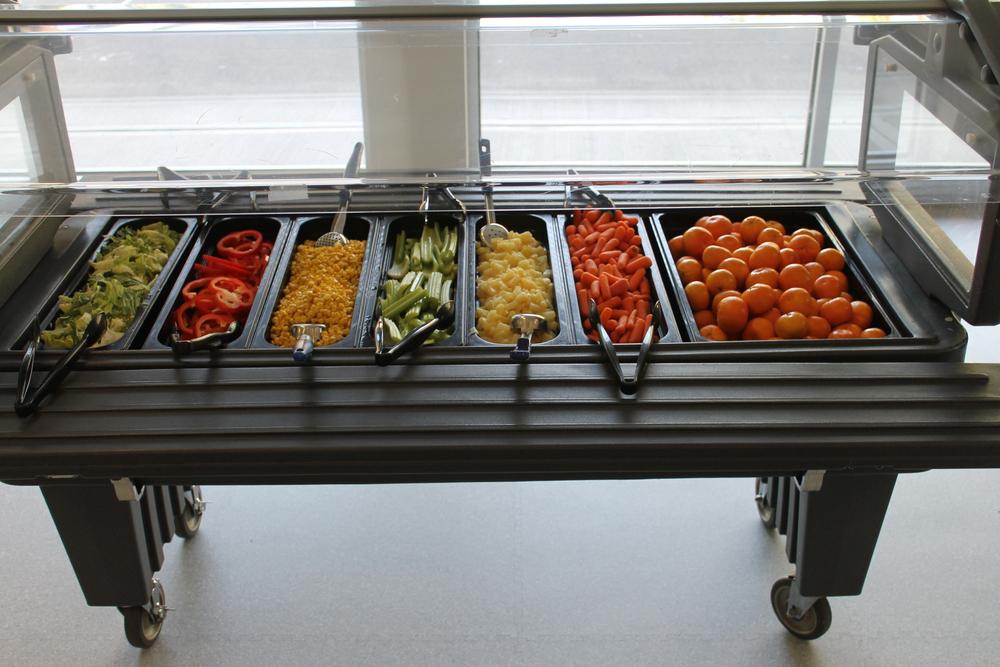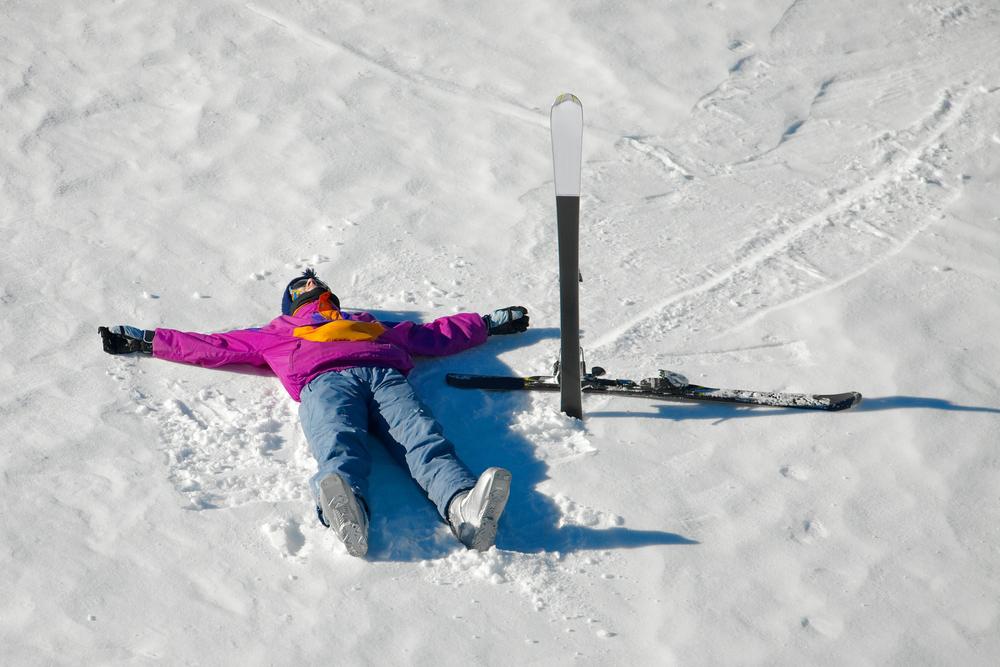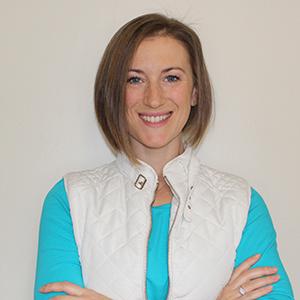 For young athletes, breakfast is an important meal, but it’s also the most likely to get skipped in order to finish that homework assignment or catch the bus. And as a busy parent, you may simply find yourself struggling to make a healthy breakfast for your athlete as you rush to get out the door to head to work on time. But there are plenty of easy, healthy options that can be prepped ahead of time and only take a few minutes to whip up.
For young athletes, breakfast is an important meal, but it’s also the most likely to get skipped in order to finish that homework assignment or catch the bus. And as a busy parent, you may simply find yourself struggling to make a healthy breakfast for your athlete as you rush to get out the door to head to work on time. But there are plenty of easy, healthy options that can be prepped ahead of time and only take a few minutes to whip up.
Here, TrueSport Expert Kristen Ziesmer, a registered dietitian and board-certified specialist in sports dietetics, shares a few favorites. But first, she’ll talk about the contents of a good breakfast.
What’s in a good breakfast?
A healthy breakfast for a young athlete needs to contain the major macronutrients: Protein, fat, and carbohydrates. Including all three will ensure that your athlete is full and satisfied until lunch. That’s why, for instance, our egg recipes all include toast or potatoes to provide the much-needed carbohydrate element. Skip that, and your athlete will be low on energy. Portion size also matters. A single egg and slice of toast will provide less than 200 calories and only seven or eight grams of protein, compared to an egg and cheese sandwich on whole grain bread made with two eggs and two slices of bread, which would provide around 20 grams (a full serving) of protein in addition to healthy fats and complex carbohydrates for a meal of around 500 calories.
With this in mind, here are a few recipes that can also be made in minutes or prepped at the beginning of the week to make mornings simple:
Overnight Oats
Make: The night before
1 serving
Notes: If you prefer to meal-prep early in the week, mix together individual mason jars of the dry ingredients. Add the wet ingredients the night before, though, otherwise by the end of the week, the oatmeal will be too mushy to be appetizing. This is a great meal prep activity to do with your athletes, and ideal for parents with multiple picky eaters since each can choose their own toppings and flavors!
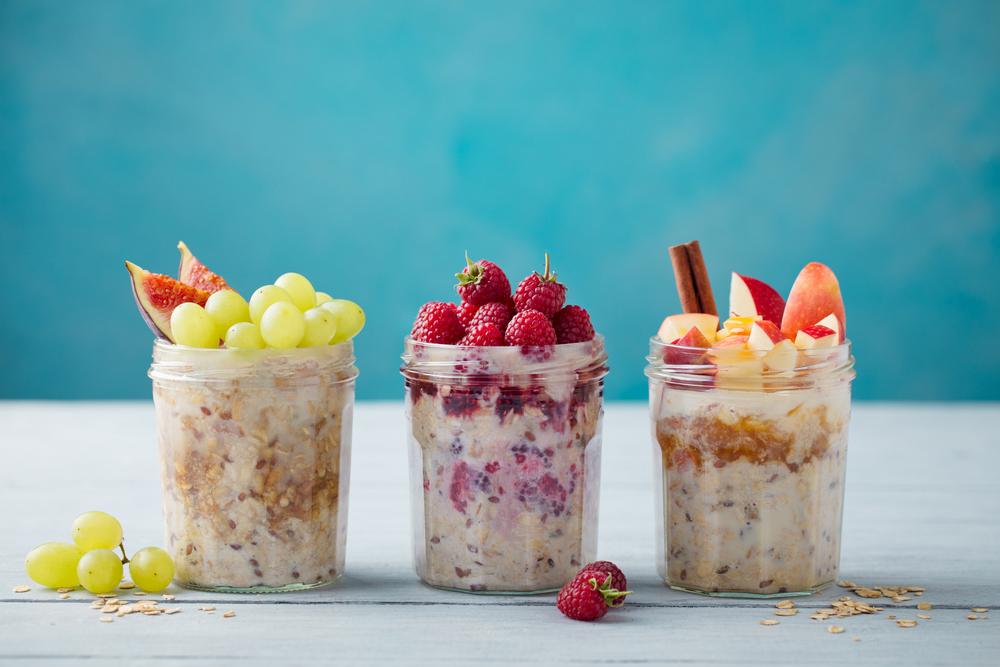 1/2 to 3/4 cup rolled oats
1/2 to 3/4 cup rolled oats- 1/2 to 3/4 cup milk (Whole milk provides a great protein source, but plant-based alternatives are fine. Look for protein-enriched options.)
- 1/2 teaspoon vanilla extract
- Optional sprinkle of cinnamon or cocoa powder
- 1-2 tablespoons maple syrup or honey
- Choose your own fruit toppings: mixed fresh berries, sliced bananas, frozen berries, chopped apple
- Choose your own added fat/protein: chopped nuts, hemp seeds, chia seeds, nut butter, shredded coconut
Mix all ingredients together in a mason jar or other single-serve container.
Store in the refrigerator overnight.
In the morning, your athlete can eat this cold, or it can be microwaved if preferred.
Vegetable Frittata
Make: At the start of the week
4 to 6 servings
Notes: Vegetable frittatas are great options for athletes who prefer savory breakfasts, since they can be made ahead of time and will stay tasty in the fridge for a few days. Be aware of portion size: You may assume since this cooks in a pie pan, it will serve 8. But athletes on the go will want more than 1/8 of the pie to stay satisfied. For smaller/younger athletes, a 1/6 serving of the pie should be plenty, but older athletes should eat 1/4 of the pie to ensure they get enough protein and carbohydrate from the potatoes and eggs.
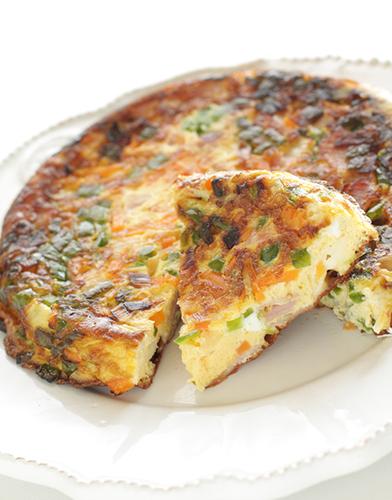 10 eggs
10 eggs- 1/3 cup whole milk
- Frozen shredded hash brown potatoes
- Your choice of vegetables: Frozen or fresh vegetables of any type work in this! Choose your athlete’s favorites, and if you don’t have time to chop veggies, look in the frozen aisle for pre-chopped mixes that would work well with eggs. Chopped spinach, onions, peppers, and broccoli are common favorites.
- Optional: cheese, bacon bits, salt, pepper, hot sauce
Preheat oven to 375 degrees.
Defrost frozen vegetables and hash browns.
Spray or rub deep 10-12” pie pan or cast iron skillet with oil.
Use hash browns to create a crust in the bottom of the pie pan (breaking up patties if needed). This doesn’t need to look like a perfect pie crust, as the egg will bind it all together in the pan.
Bake hash browns for 5-10 minutes until they become slightly crispy.
In a bowl, whisk eggs and milk together.
Optional: Sauté your vegetables with olive oil, salt, and pepper.
Mix vegetables into egg mixture.
Optional: Add cheese, salt, pepper, and a drizzle of hot sauce if desired.
Pour egg mixture into your pie pan.
Bake for 15-20 minutes or until fork comes out of eggs cleanly.
Chia Seed Pudding
Make: At the start of the week
5 servings
Notes: Chia seed pudding is a great option for an athlete who loves tapioca pudding or needs something easy to eat on the go. It’s nutrient dense for a relatively small volume of food, so it’s a great solution for an athlete who just isn’t into eating in the morning. Chia seed pudding is a great source of protein and healthy fats, but on its own, it’s low in carbohydrates. Make sure that you’re adding plenty of fresh, frozen, or dried fruit to the pudding in addition to a sweetener like maple syrup or honey to make it more satisfying.
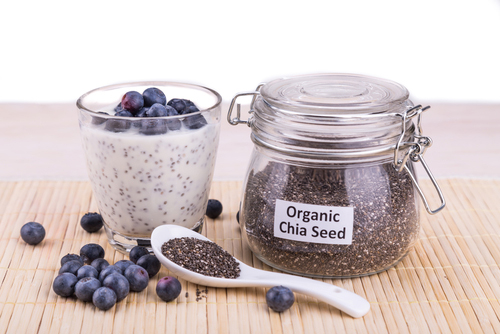 1 cup chia seeds
1 cup chia seeds- 5 cups milk (Whole milk provides a great protein source, but plant-based alternatives are fine. Look for protein-enriched options.)
- 1/2 teaspoon vanilla extract
- Optional sprinkle of cinnamon or cocoa powder
- 1-2 tablespoons maple syrup or honey
- Choose your own fruit toppings: mixed fresh berries, sliced bananas, frozen berries, chopped apple, dried fruit
Mix all ingredients together in a large storage container, or pre-portion into five smaller containers. If your athlete likes to mix things up during the week, make the base separate (chia, milk, vanilla, and sweetener) and add toppings separately each morning.
Store in the refrigerator overnight—will stay good for a full week.
On the Go Options
No time? No problem. Just remember to include protein, carbohydrate, and fat, ideally with some fiber and micronutrients from fruits or vegetables.
- Nut butter and jam on whole wheat bread (look for a multi-grain option that includes nuts and seeds for extra satiety)
- Plain 2% Greek yogurt with honey and berries
- Two hardboiled eggs or 2-3 slices of cheese with a whole grain bagel and some mixed berries
Need more breakfast recipes? Check out our article on 6 Breakfast Options For Youth Athletes.
_______________________________
Takeaway
Breakfast is critically important for young athletes, but often, athletes in a rush skip or skimp on breakfast, which could lead to inadequate nutrient intake and/or poor performance at practice or games. But breakfast doesn’t have to be a gourmet affair: There are simple recipes that make it easy to provide plenty of protein, fat, and carbohydrates to your active student.
